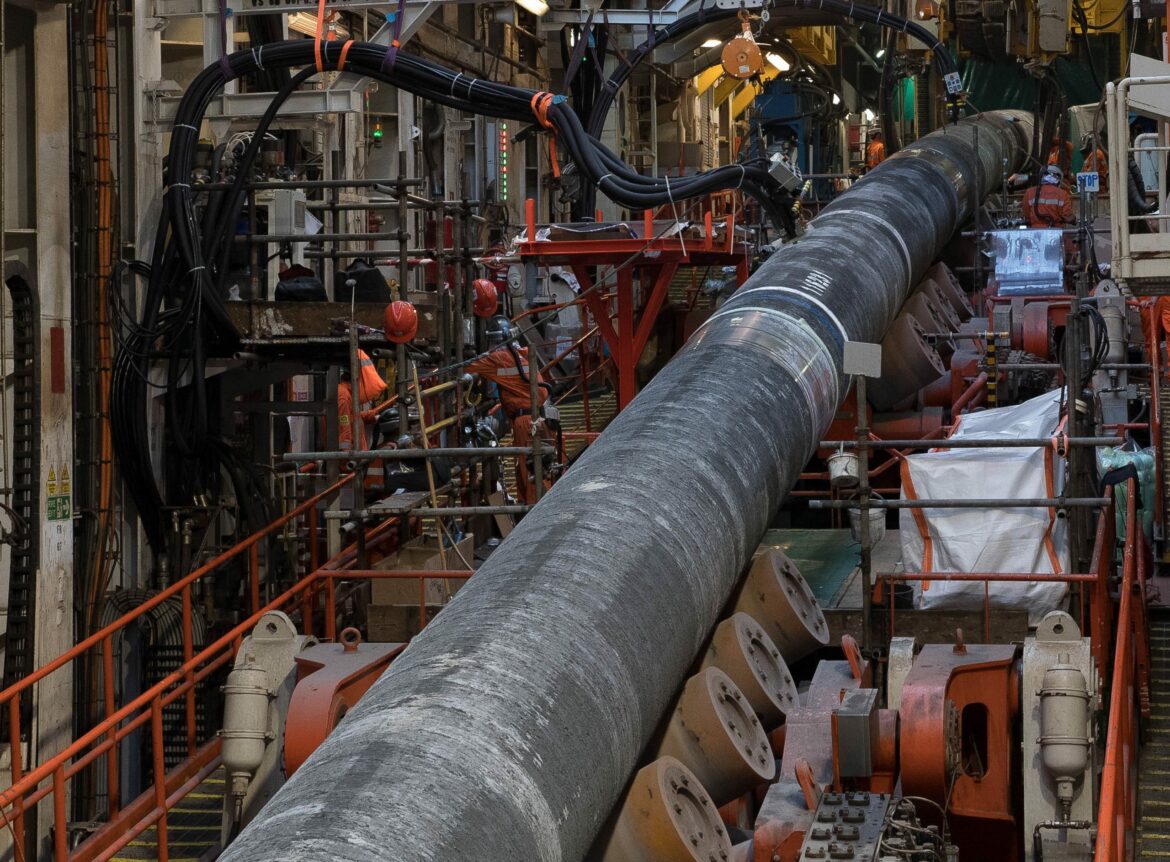On Wednesday 30 November, the offshore gas pipeline achieved its target capacity towards Poland, i.e. 10 bcm per year. Energinet, the Danish transmission system operator, has completed the process of connecting the Zealand compressor station to the Baltic Pipe infrastructure.
Baltic Pipe has been at full capacity since 30 November. Thanks to this infrastructure, Poland can import up to 10 billion cubic metres of gas per year, which covers more than 60% of the annual domestic demand for this commodity. “Since January this year, we have increased the capacity of the LNG terminal in Świnoujście. This year we also launched gas pipelines to Lithuania and Slovakia. Today, we can confidently say that the task of ensuring Poland’s energy security, set for GAZ-SYSTEM, has been completed”, said Tomasz Stępień, President of GAZ-SYSTEM.
Transmission via the Baltic Pipe gas pipeline was launched on 1 October this year, but it was operating to a limited extent until all construction work on the Danish side was completed. Currently, the Baltic Pipe pipelines and compressor station in Denmark have achieved their target technical parameters and can transmit 10 bcm of gas per year with effect from 30 November 2022.
The only user of the Baltic Pipe system will be PGNiG for the time being. The company has bought most of the pipeline’s capacity. PGNiG will import gas from its own production on the Norwegian shelf and purchased from other producers.
The Baltic Pipe project is a strategic infrastructure project that has created a new gas supply corridor in the European market.
The investment provides an opportunity to transport gas from Norway to the Danish and Polish markets, as well as to end users in neighbouring countries. At the same time, Baltic Pipe allows gas to be transported from Poland to Denmark.
The project was prepared by the Polish gas transmission pipeline operator GAZ-SYSTEM and the Danish gas transmission system operator Energinet.
Adrian Andrzejewski





